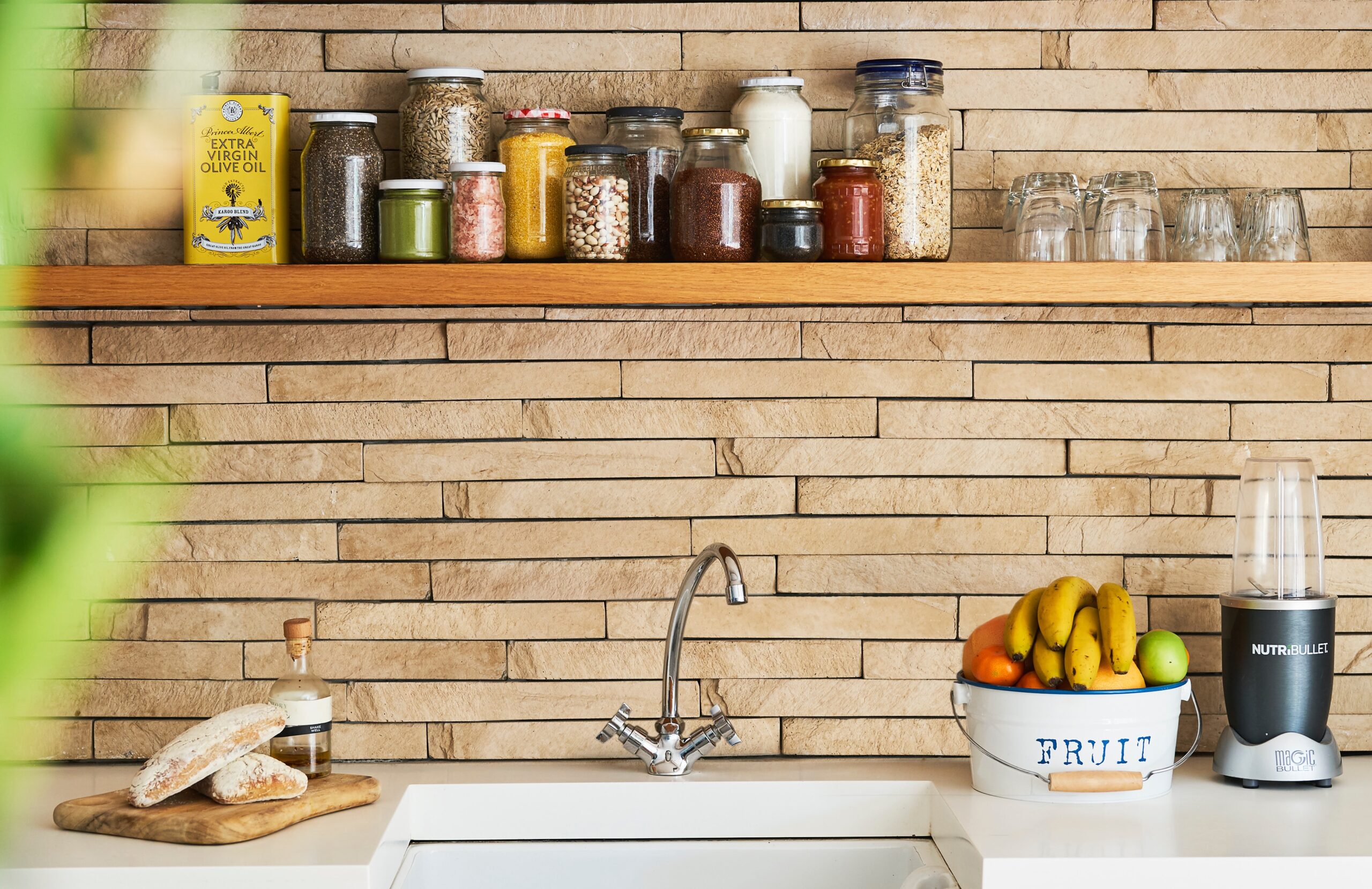Early Enteral Nutrition Follow Up: A Recent Study
By Lisa Moloney MS, RD, LDN
To follow up on my previous blog, early enteral nutrition (EN) (<48 hours after admission) can reduce infectious complications and may reduce mortality in critically ill patients. Unfortunately, early enteral nutrition in patients is not always feasible. Patients that do not appear to have any contradictions to EN, may have gastric intolerance. Critically ill patients have increased calorie protein needs and are often underfed. If enteral nutrition is not possible another option is parenteral nutrition. Unfortunately, parenteral nutrition is associated with higher incidences of complications such as sepsis and hyperglycemia. In the event a patient is not able to tolerate early enteral nutrition, what is the next best option?
Cahill etal conducted a multicenter, international, observational study that examined nutrition practices in intensive care units (ICU). Clinical outcomes were compared between early parenteral nutrition (PN) (<48 hours after admission), late EN (>48 hours after admission), late PN and late EN, and late EN and no PN. Of the 703 patients included in the study, 541 (77%) received late EN and no PN, 33% received PN (83 received early PN and 79 received late PN).
The study found that adequacy of calories and protein from total nutrition was highest in the early PN group and lowest in the late EN group. However, no significant benefits to patient outcomes with early or late PN were noted. Per Cahill etal, it is possible that a benefit was not observed because some patients were still underfed. The study also found a tendency toward worse clinical outcomes with early PN. Yet these outcomes were no longer deemed significant after being adjusted for factors such as diagnosis, age and time in hospital prior to ICU admission. Overall, a lack of difference was found between early PN and late EN. Given this finding and possibility of adverse outcomes with early PN, Cahill etal support the current recommendations of the Canadian Critical Care clinical practice guidelines, which advise maximizing EN before initiation of PN.
As a side note, throughout the study a clear gap between knowledge and practice was evident. All of the patients in the study received EN within 2 to 12 days of ICU admission, but were unable to comment on the reasons why EN was not initiated within the first 48hours or the factors that contributed to the decision to initiate PN. Also, in the PN group use of motility agents and small bowel feeding were very low. If efforts were made to maximize EN delivery, there would have been use of motility agents and small bowel feedings in most patients who received PN. Further research was recommended by Cahil etal to look at efforts to improve the nutrition adequacy of critically ill medical patients with small bowel feeding tubes and motility agents rather than early PN. So for now, clinical dietitians should continue to work with health care practitioners and put forth all feasible effort to initiate enteral nutrition in ICU patients.
Cahill NE, Murch L, Jeejeebhoy K, McClave SA, Day AD, Wang M, Heyland DK. When early enteral feeding is not possible in critically ill patients: results of a multicenter observational study. JPEN J Parent Enteral Nutr. 2011;35:160-168.
CAND Instagram
Recent Posts
Meet the Author
Bringing you the best nutrition information...
Our Academy Bloggers
CAND has several professional and student bloggers. They write about a range of topics for the public.



